San Francisco California Oct 2, 2009
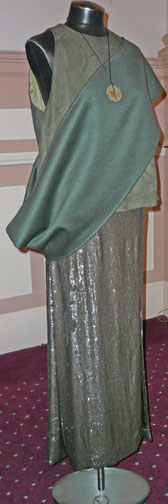 Silk charmeuse lined suede shell with pick stitch detail around armholes and hem over sequined skirt. Worn with a silk/wool angled circle wrap and stone disk pendant on a black silk cord. – Gail Gondek patterns for Ralph Rucci
Silk charmeuse lined suede shell with pick stitch detail around armholes and hem over sequined skirt. Worn with a silk/wool angled circle wrap and stone disk pendant on a black silk cord. – Gail Gondek patterns for Ralph Rucci
The Center for Pattern Design held its first annual conference on Saturday. Pattern designers and educators from near and far came to talk about their art, and listen to a great group of people involved in designing and making patterns at the all day conference.
Julian Roberts spoke about his methods of subtraction cutting, with great folded paper demos of how it’s done, along with some of dresses made by participants at the previous day’s hands-on workshop.
The keynote speaker was Gail Gondek, who has designed patterns for Ralph Rucci and Peter Som, after many years working with Geoffrey Beene. She talked about some of her experiences working with a designer to create their vision in cloth, about the process of taking a design from concept to the runway. Afterwards, we got to look at some of her pieces from Ralph Rucci, inside and out.
Wtih Gail’s permission, I took a few photos to share with you, knowing you would love to see some of these details as much as I did.
This silk dress had his signature back zipper set into the side panel instead of the center back seam.
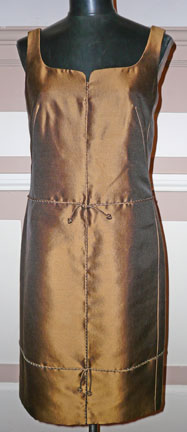
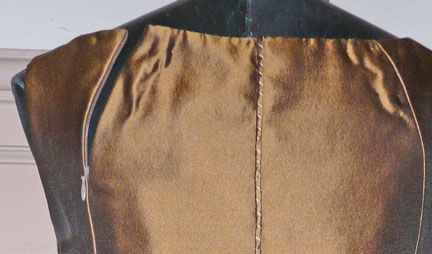
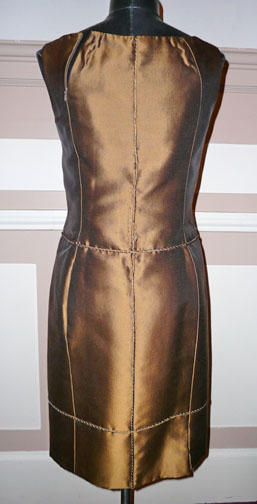
Here’s a detail of the front of this dress. A spaghetti cording is whipped to the body with silk embroidery thread, the same detail as seen on the center back.
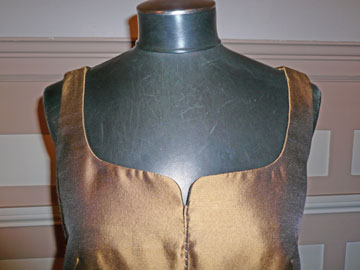
I loved the easy ‘floating away from the body’ shape of this black sheath dress –
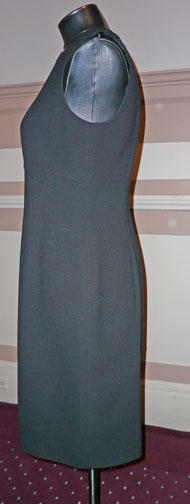
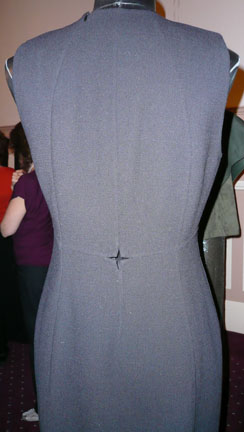
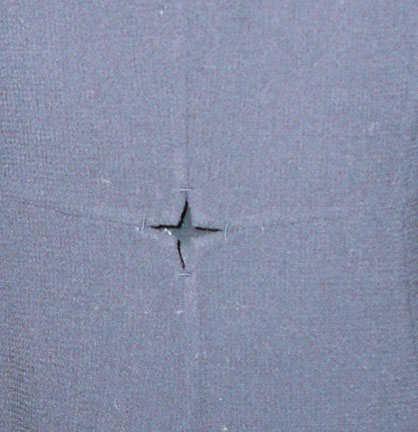
Check out its lovely little peek-a-boo detail at the lower center back – just a little surprise – in an area where most women still can show a flash of skin and get away with it, no matter what your age. The display mannequins are covered in black leather, so the contrast doesn’t show up so much as it would if skin was showing thru the cut out.
The fabric is a double face wool crepe – a truly wonderful soft but firm hand. That’s a fabric that I will have to look into. If you have seen any in your travels, let us know!
The peek-a-boo detail was used on this jacket as well, on both the front and back. The contrast satin insets at the waist seam are a nice touch too.
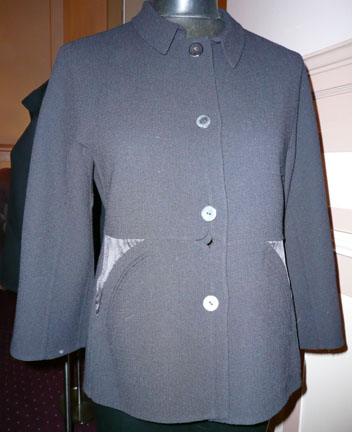
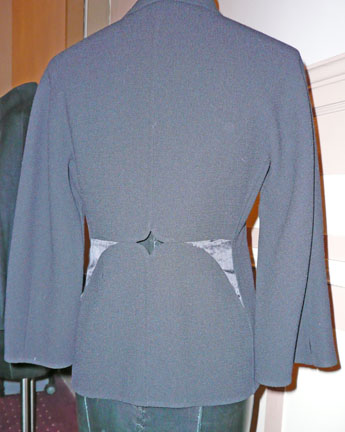
Sigh! Wouldn’t this jacket just be lovely over that sheath dress…??
Thanks to Gail for sharing some of her great work. I am looking forward to next year’s conference already.






























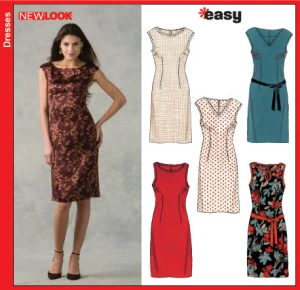




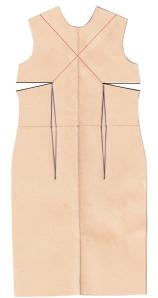

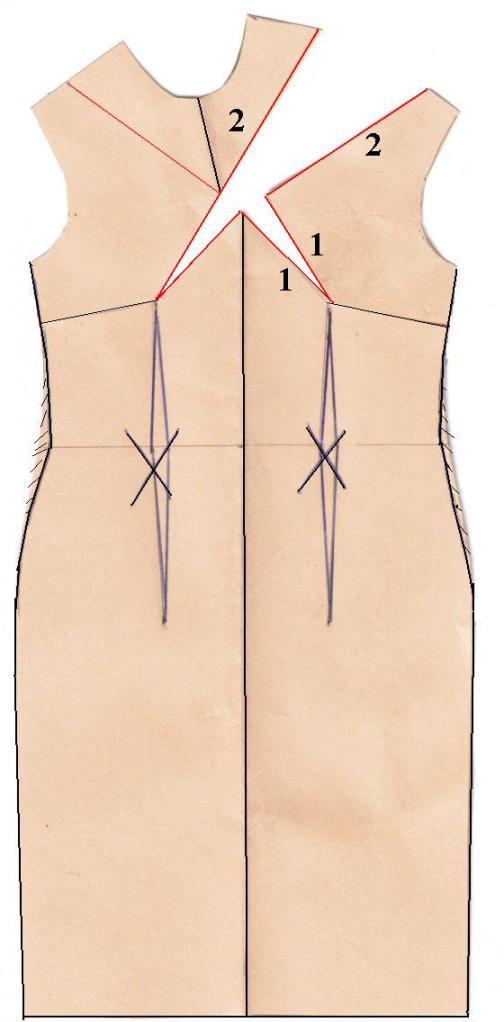
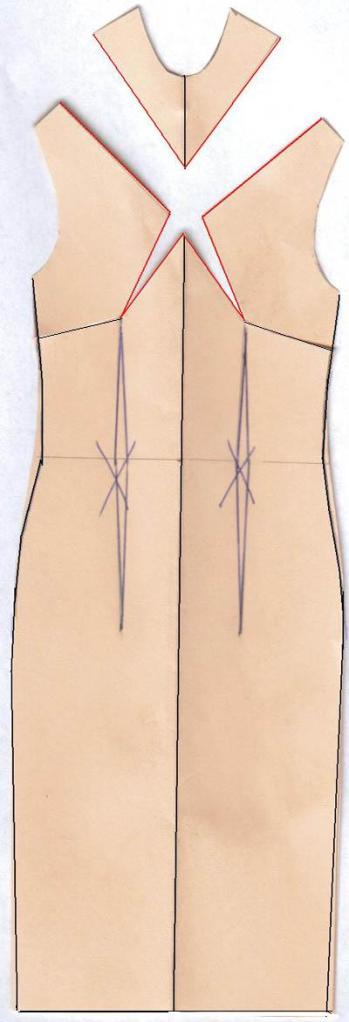
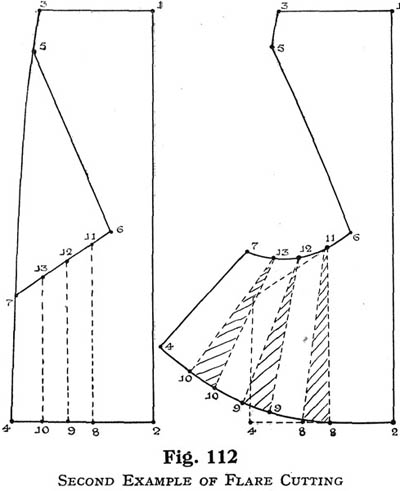
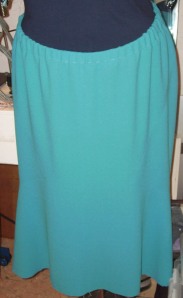

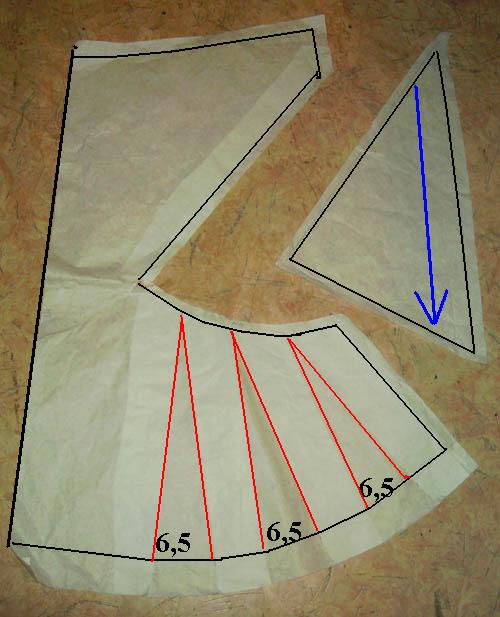




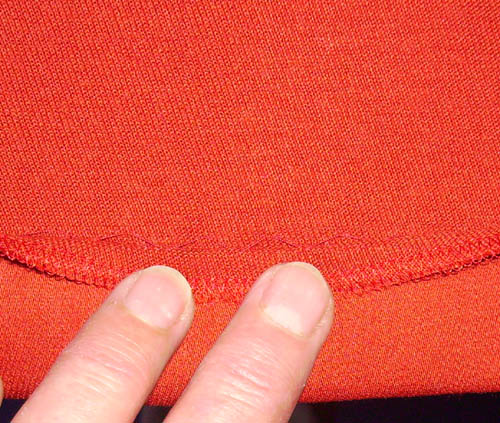


 Subscribe with Bloglines
Subscribe with Bloglines